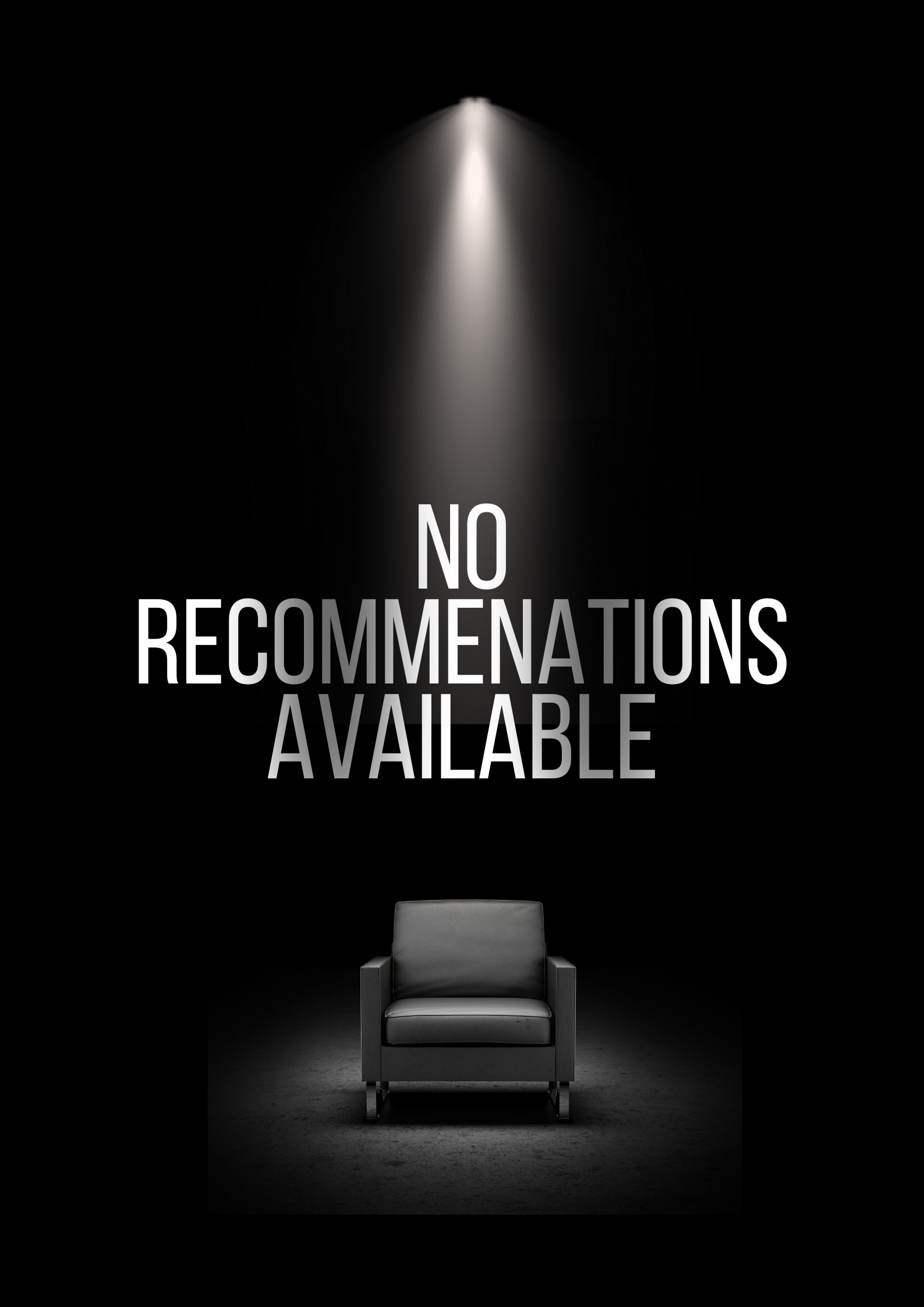Cast & Crew
2 members
Acting
Raymond Tarabay
Himself

Acting
Hiba El Jaafil
Herself
No Image
Similar Movies
Recommended Movies

No Recommendations Yet
We're working on finding the perfect movies for you. Check back soon!
More movies coming soon
Himself

Herself

We're working on finding the perfect movies for you. Check back soon!